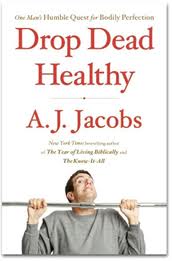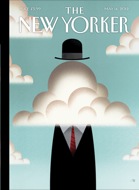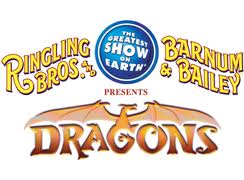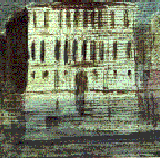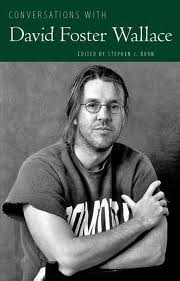 SOUNDTRACK: MOGWAI-Earth Divison EP (2012).
SOUNDTRACK: MOGWAI-Earth Divison EP (2012).
 Oh wait, this isn’t the Mogwai EP. What CD did I put in?
Oh wait, this isn’t the Mogwai EP. What CD did I put in?
Holy crap, it IS the Mogwai CD. And it opens with a beautiful piano and violin ballad called “Get to France.” While it’s true that Mogwai has always been about melody (under the noise), I never expected this. It sounds like a gorgeous soundtrack to a sad film. It’s followed by “Hound of Winter” a gentle ballad of acoustic guitars and strings. I know that Mogwai has a softer side, it’s just surprising to hear it all at once like this!
“Drunk and Crazy” is more like it. It opens with a wall of guitar noise which…vanishes after about two minutes into a gentle, dark string section (strings are by Luke Sutherland of Bows and Long Fin Kille). And while the distortion never entirely goes away (it’s evident in the piano), it is certainly pushed to the background until about 90 seconds later when it begins to overtake the track again. It’s nowhere near as dynamic as their best stuff, but it really showcases what Mogwai can do in just over 5 minutes.
The EP ends with “Does This Always Happen?” While it reintroduces electric guitars, it’s still a mellow song–a pretty electric guitar riff repeated while piano stabs and chords flesh out the tune and strings make it a fuller song.
None of these songs will become “classics” (although Does This Always happen?” sounds the most like a Mogwai song). But it’s always great to hear them expand what they can do. And these EPs give them a chance to show off some new styles.
To learn more about these tracks, read Stuart’s explanation of them at The Guardian.
[READ: May 25, 2012] “The Proxy Marriage”
I love Maile Meloy and I was crazy excited when I saw that she had a story in this issue.
Meloy writes stories that seem simple—they avoid a lot of the trappings of contemporary stories, indeed, they often feel like they are set in the past, even if, like in this one, they are very current. Part of that is setting. She tends to write about people and family interactions, which don’t require a time frame. She also tends to set her stories in unlikely places—Montana, for instance, where not too many stories are set. Of course, this one is set in Montana for a good reason. It is the only state that allows double proxy marriage. Which is what? In a proxy marriage, if your beloved can’t make it, you can have a stand-in for him or her do the speaking and signing. In a double proxy marriage, neither person is present but they agree to let proxies serve for them. Why on earth would you do this? Well, this is common in military cases, where one member is serving overseas and the other doesn’t live in Montana—this allows the non-military person to get all of the military benefits that a spouse is entitled to. Since Montana allows this, and since this story is set soon after the 9/11/01 attacks, it all jibes.
But this story is really about unrequited love. And I have to say, now that I’m an adult, that unrequited love sucks. I mean, true it sucks when you’re in it too, but I hate stories that romanticize the idea that you should hold fast to the belief that this person who doesn’t think about you that way will somehow come around. It happens a lot in stories (and always swells the heart) but when have you ever heard of it happening in real life? Most of the time the person isn’t worth it , but realistically, once you have left school (it always happens in school) that person has found someone new and that’s the end of it.
This story’s unrequited lover is William, a shy awkward boy who plays the piano. The girl he pines for is Bridey Taylor, with golden curls and dreams of being an actress. William never asked her out. Bridey was popular and other boys asked her out—and William suffered through every one. But they were friendly—she sang while he played piano, and he helped her with school work. Then the 9/11 attacks happened. And this is where the story gets interesting. Because although neither of the main characters are not directly involved in the attacks, when the requests start coming in for proxy marriage, Bridey’s father, who was willing to perform them, asked William and Bridey to be the proxies. (more…)

